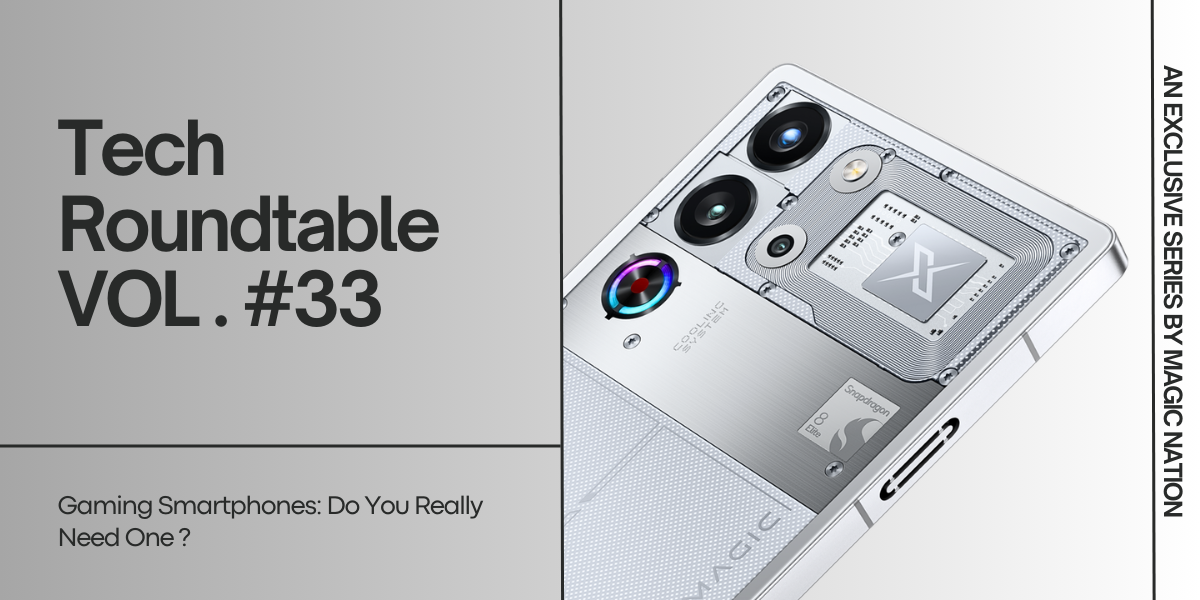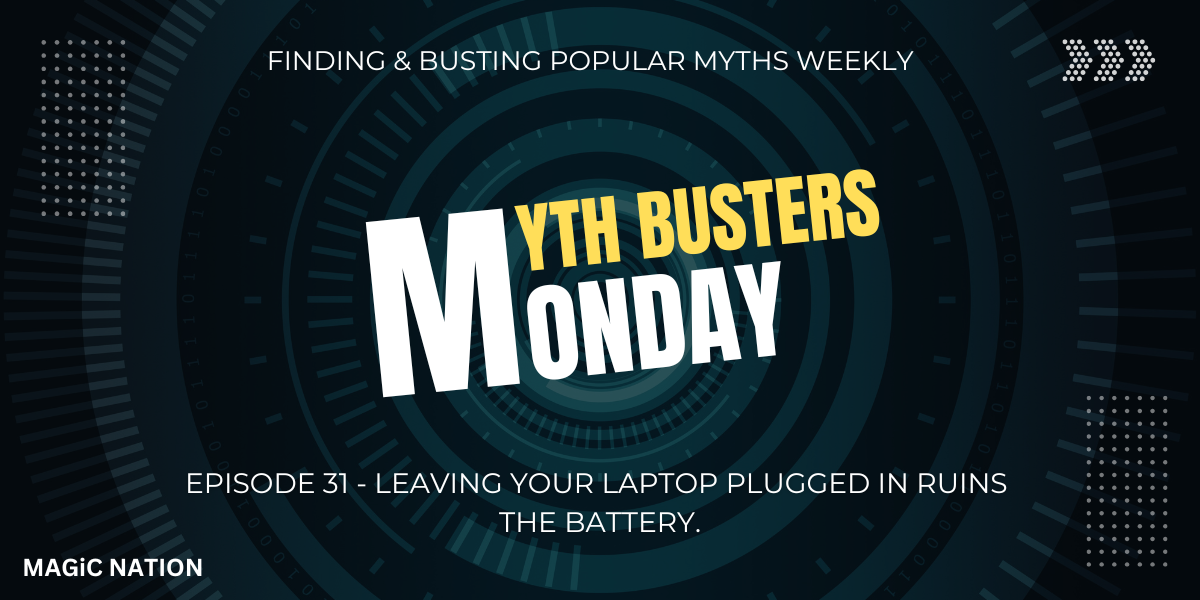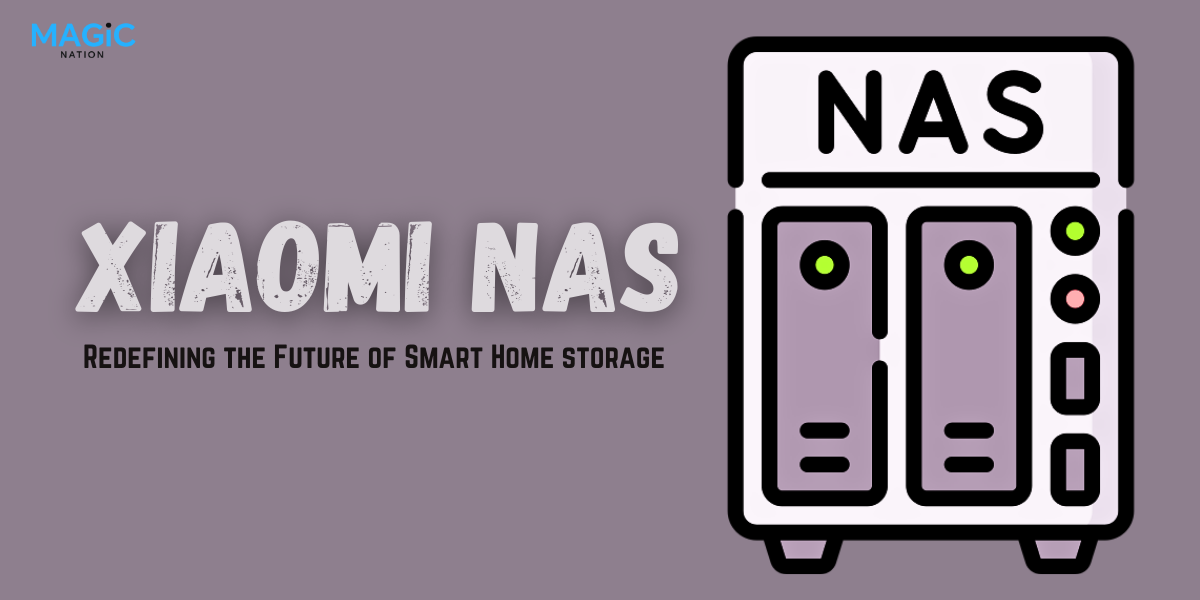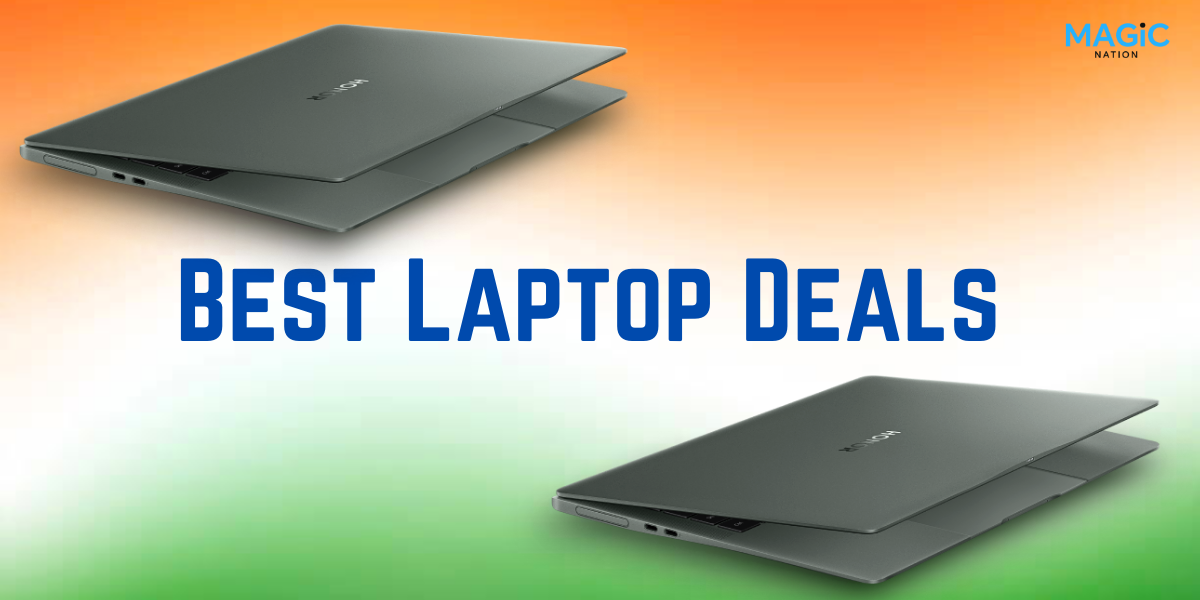
Hello HONOR Fam!
Welcome to Episode 4 of Evolution Chronicles!
In this episode, we’ll explore the incredible journey of digital entertainment. We'll look at how it has changed from the era of VHS tapes to today's streaming services. Join us as we discover the key moments that have influenced how we watch movies, listen to music, and enjoy TV shows.
Digital entertainment has changed drastically over the years, revolutionizing how we enjoy movies, music, and TV shows. From the early days of VHS tapes to the current era of streaming services, each new development has made entertainment more convenient and accessible. Let’s explore the major milestones in this journey: the era of VHS and DVDs, the rise of digital downloads, the advent of streaming services like Netflix and Spotify, and the impact of on-demand entertainment.
The Era of VHS and DVDs
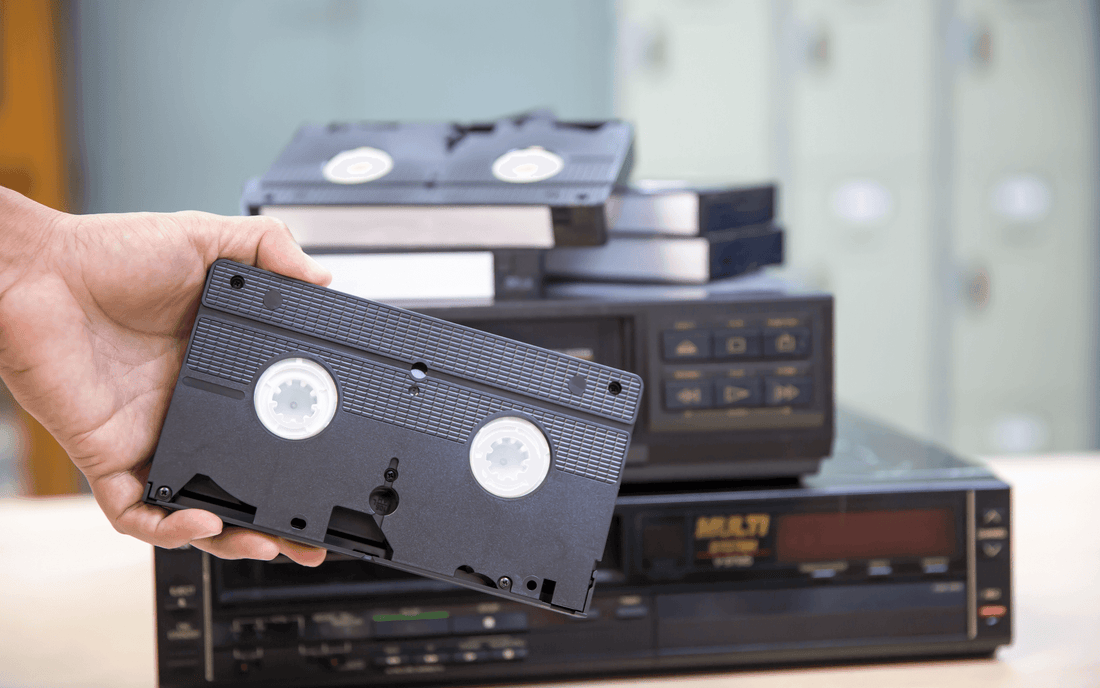
VHS Tapes: A New Home Entertainment Experience
In the late 1970s and early 1980s, VHS (Video Home System) tapes revolutionized home entertainment. Before VHS, watching movies at home was limited to TV broadcasts or occasional theater re-releases.
- Introduction of VHS: VHS tapes let people watch movies at home whenever they wanted. This was a game-changer for movie lovers.
- Video Rental Stores: VHS also led to the rise of video rental stores like Blockbuster, where people could rent movies for a few days.
- Recording Capabilities: VHS tapes could record TV shows and movies, allowing viewers to watch them later. This was especially useful for recording live TV broadcasts.
- Durability Issues: However, VHS tapes could degrade over time, and frequent use could lead to a loss of picture and sound quality.
 The 1990s brought another significant change with the introduction of DVDs (Digital Versatile Discs).
The 1990s brought another significant change with the introduction of DVDs (Digital Versatile Discs).
- Enhanced Quality: DVDs offered better picture and sound quality compared to VHS tapes, making the viewing experience much more enjoyable.
- Durability and Storage: DVDs were more durable and easier to store due to their smaller size.
- Special Features: DVDs often included extras like behind-the-scenes footage, director’s commentary, and interactive menus, adding value for movie fans.
- Decline of VHS: As DVDs became more popular, VHS tapes began to fade out, marking the end of an era in home entertainment.
The Rise of Digital Downloads

Moving to Digital Formats
With the advent of the internet and improvements in digital technology, the early 2000s saw the rise of digital downloads.
- Convenience: Digital downloads allowed users to purchase and download movies, music, and TV shows directly to their computers and other devices.
- Storage and Portability: Digital files didn’t take up physical space and could be stored on hard drives or portable devices, making it easy to carry large collections of media.
- Instant Access: Once downloaded, users could access their content instantly without needing a physical copy.
While digital downloads were convenient, they also faced challenges.
- Piracy: Illegal downloading and sharing of digital content became a significant issue, leading to lost revenue for content creators.
- Storage Limits: The need for substantial digital storage space and the hassle of managing files were some drawbacks that users faced.
The Advent of Streaming Services
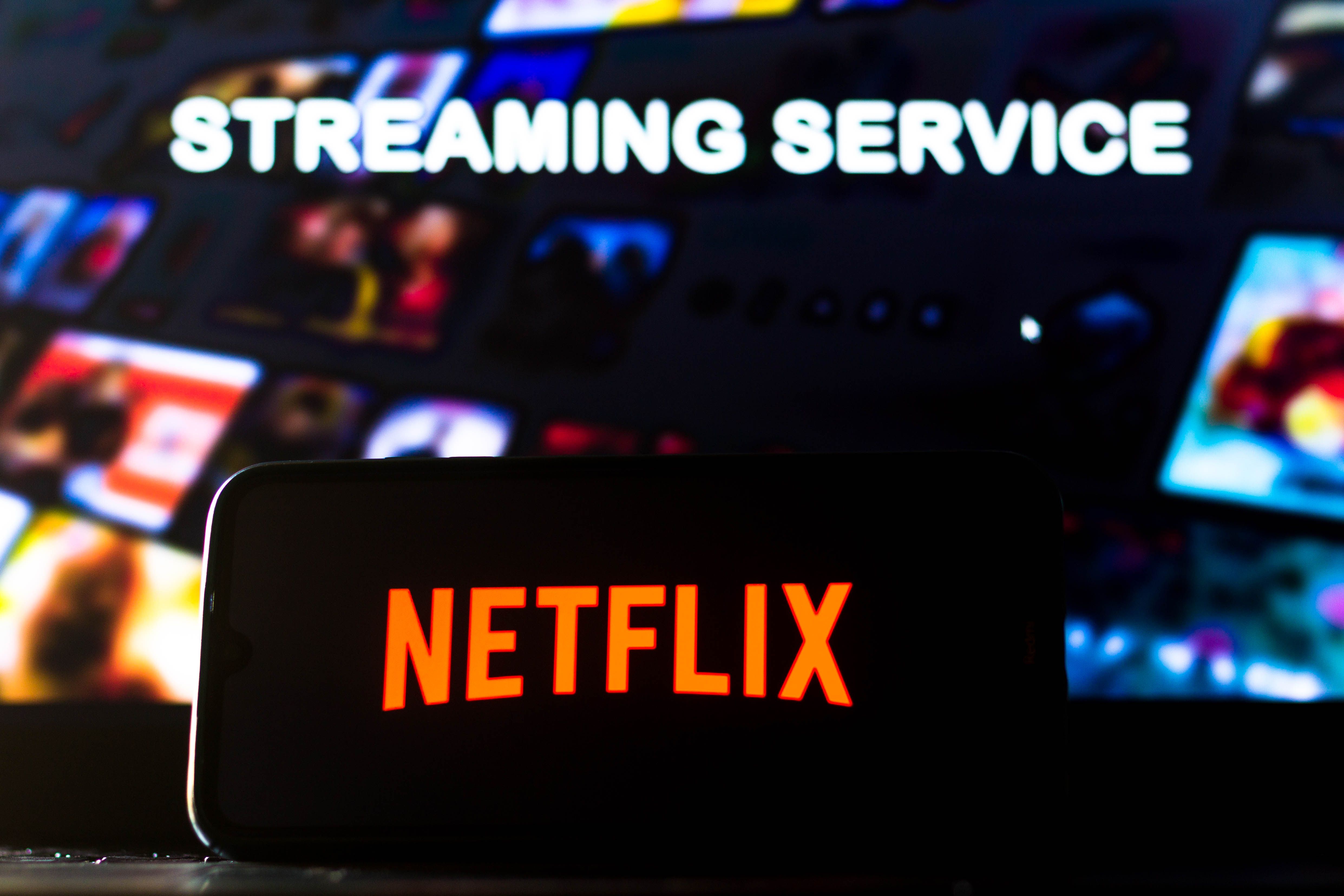
The Streaming Revolution
The mid-2000s marked the beginning of a new era with the advent of streaming services. Companies like Netflix and Spotify transformed how we accessed and consumed media.
- Netflix: Initially a DVD rental service, Netflix shifted to streaming in 2007. This change allowed users to watch movies and TV shows online without downloading them.
- Spotify: Launched in 2008, Spotify offered a vast library of music that users could stream on-demand, changing how people listened to music.
Streaming services brought numerous advantages over previous methods of media consumption.
- No Need for Downloads: Users could access content directly over the internet without needing to download files or worry about storage space.
- Subscription Models: Monthly subscription models provided unlimited access to vast libraries of content, making it more affordable to consume large amounts of media.
- Multi-Device Access: Streaming services could be accessed on various devices, including smartphones, tablets, smart TVs, and computers, providing greater flexibility.
The Impact of On-Demand Entertainment
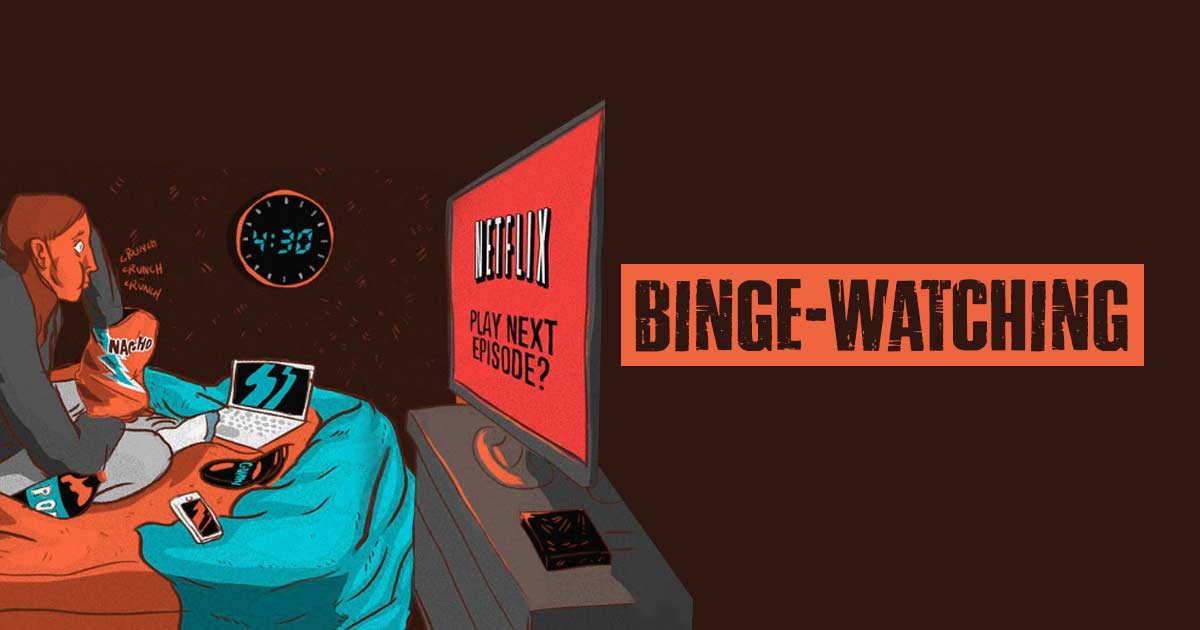
Changing Viewing Habits
The rise of on-demand entertainment has significantly changed how people consume media.
- Binge-Watching: The ability to watch entire seasons of TV shows in one go has led to the phenomenon of binge-watching.
- Personalized Recommendations: Algorithms analyze viewing habits to suggest content tailored to individual preferences, enhancing user experience.
- Global Access: Streaming services have made it possible for people around the world to access the same content, breaking down geographical barriers.
The shift to digital entertainment has also impacted the media industry.
- Decline of Physical Media: Sales of DVDs and Blu-rays have declined as more people opt for streaming.
- Content Creation: Streaming platforms invest heavily in original content, leading to a surge in high-quality TV shows and movies.
- Distribution Models: Traditional distribution models have changed, with many new releases debuting on streaming platforms instead of in theaters or on physical media.
Conclusion: The Future of Digital Entertainment
The evolution from VHS to streaming services highlights the rapid advancements in technology and changing consumer preferences. Each stage in this journey has made entertainment more accessible, convenient, and enjoyable. As technology continues to advance, we can expect even more innovations in how we consume media, further transforming the landscape of digital entertainment.
Call to Action: Stay updated with the latest trends in digital entertainment and explore new ways to enjoy your favorite movies, music, and TV shows. Whether you're a fan of classic films or the latest streaming hits, the evolution of digital entertainment has something for everyone.
Thank You
Signing Off
Aarya Bhavsar







